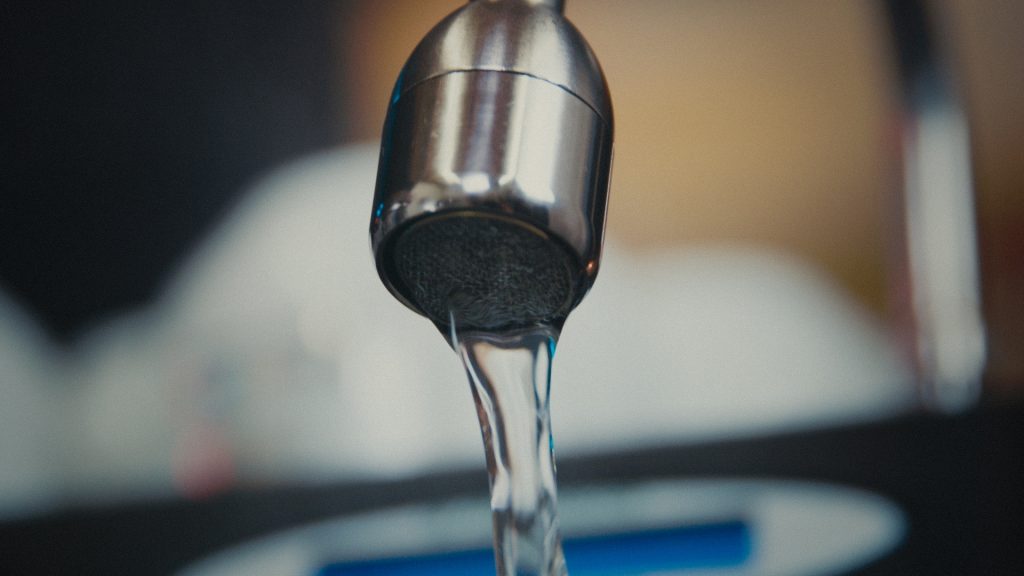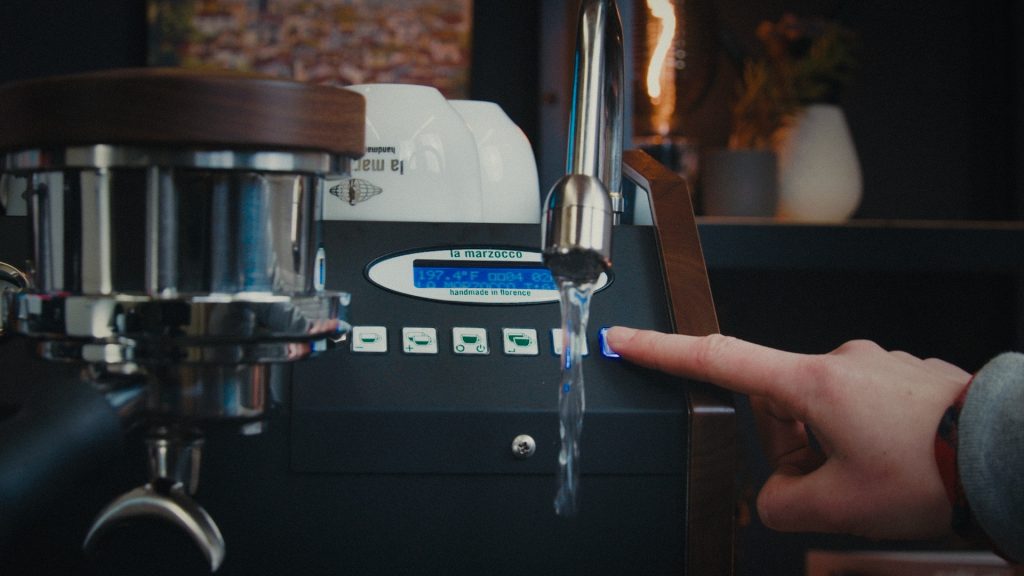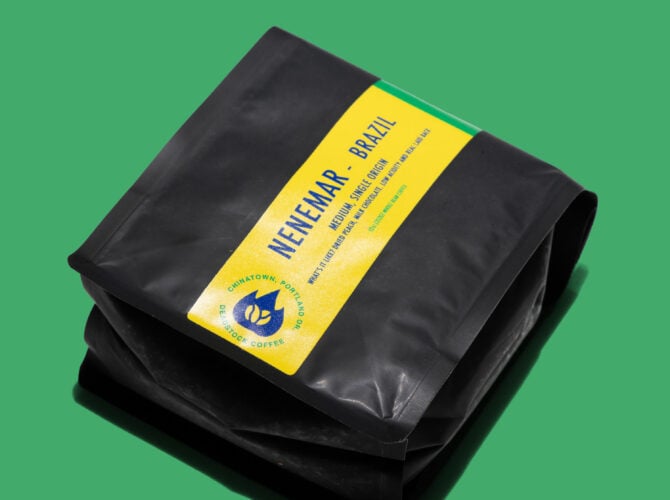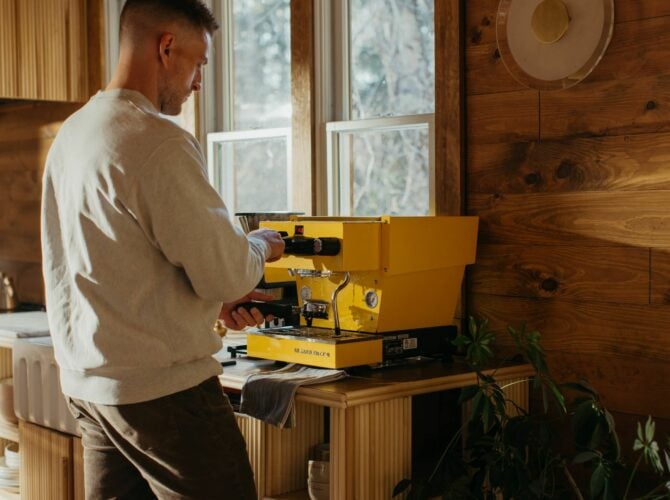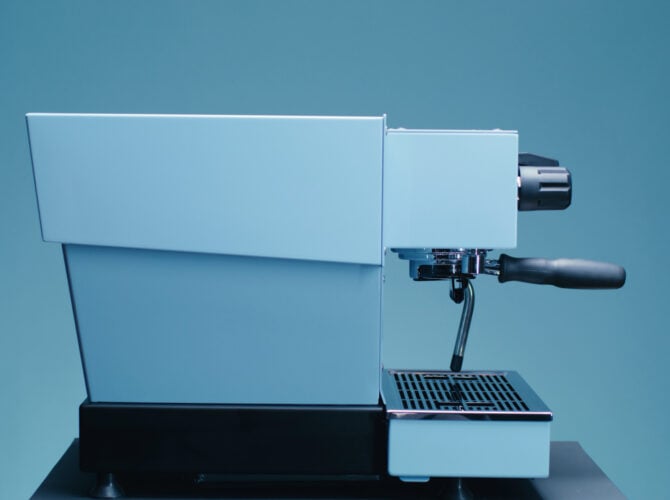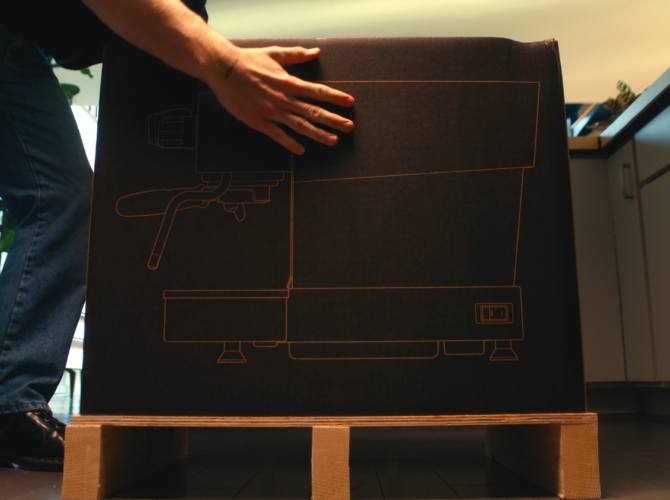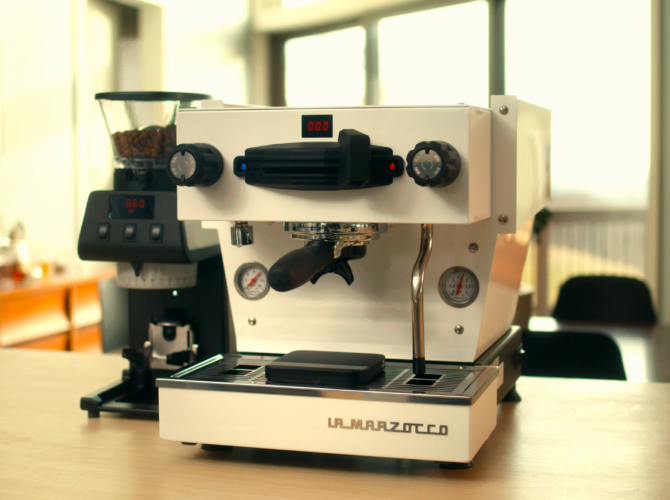An introduction to water – How it affects espresso’s taste and the machine’s life
♒︎
One of the most commonly-asked questions we get from the home espresso community is, “how do I keep my espresso machine running smoothly?” Our answer to that great question often comes back to…water.
At its core, espresso consists of two ingredients: coffee & water. Much of the focus tends to land on the coffee itself. Brew recipes, processing, roasting, grinding, etc., all help set the table for the last step in the process—brewing. But the espresso in your cup is 90% water—a liquid responsible for extracting out solids, oils, and aromatics from the coffee—all things that produce the flavors and aromas we associate with good coffee.
But the importance of water extends far beyond extraction and brewing espresso. It’s also an essential variable in the lifespan of the espresso machine. This post will explore water and how to settle on a solution to not only brew great espresso, but to keep your machine healthy for the long run.
Water Specs & Testing
The first step we recommend is to either test your water or get local average water test results for minerality. Compare your water’s results with La Marzocco’s water guidelines to help you see what you’re working with and set the tone for the future health of your machine.
In order to extract tasty coffee, water needs to have a balanced minerality. There is a tipping point with minerality, though—both for extraction and for machine health. Too much minerality can affect the long term health of the machine by building up scale throughout the system. Too little minerality, such as distilled water can damage parts of the espresso machine through leaching. Putting distilled water in the reservoir is also a common culprit for a “reservoir empty” alert on the GS3 and Linea Mini—as La Marzocco machines use minerality to gauge whether water is present.
Minerality is measured by Total Dissolved Solids (TDS). The TDS range of a particular city’s tap water can range anywhere from the 10’s to 100’s, depending on the location and water treatment process. Ideal water for espresso extraction has a TDS of 90-150 ppm, with no extraneous odors or flavors that would interfere with taste, but still has enough TDS that the machine will be able to recognize it.
La Marzocco’s water guidelines can be used to compare with local water test results. Some bottled water recommendations are softer than this, but are still safe to use.
The type and amount of minerals found in water vary across the country and even throughout the year. Local water treatment plants have the average water specs available, so reaching out and asking directly is the best way to get accurate, up-to-date info. Measuring and properly re-mineralizing water to get the ideal balance can be quite a challenge, and cafes who are focused on maintaining their equipment could end up spending small fortunes on Reverse Osmosis and other water filtration systems.
Scale
Water and heat are important for extraction, but together, they also lead to scale build-up on the internal surfaces of the machine. If water minerality is too high—over time—scale can build up or break off and clog small passages throughout the machine.
Small amounts of scale will accrue even when using ideal water specs. In normal, small amounts, scale actually helps protect metal in the machine. In contrast, harsh scale buildup in an espresso machine can quickly lead to damaged parts and water related issues are not warrantable. Putting the correct water into an espresso machine will extend the life of this precious investment and help the machine continue to run well in the years to come.
Performing a flow rate test will let you know if your machine’s system is performing within our standards of normal wear.
Turning off your machine if you will not use it for 36 hours and draining the steam boiler every two months are both recommended to keep fresh water moving through the system and keep scale build up to a minimum.
Water Solutions
Keeping your water clean and your machine running smoothly takes a keen eye and willingness to be consistent. Here are a few solutions we recommend to improve water before it enters the espresso machine.
Bottled Water: an Easy, out-of-the-Box Option
Our number one recommendation to start your water journey is to buy bottled water. Bottled water is readily available in almost all areas of the country, and we recommend having it on hand before your machine arrives.
There are a couple bottled water options that meet La Marzocco standards—Poland Springs (on the east coast) and Crystal Geyser (if it is bottled in California or South Carolina – check the label) are great options, and we often recommend them in our Solutions Department.
Reach out to us if you cannot find the approved bottled water options—we may have some advice for water mineral additives that will work with distilled water.
Filtration Systems: The Water Chemist’s Option
Choosing a filtration system is an advanced method requiring a dive into the world of water chemistry. If all this water talk sparks your curiosity, we recommend working with a local espresso technician to figure out the best method for your home based on local water specifications. Working with a knowledgeable local technician is especially important for those looking to plumb-in their machines, as the filtration process itself can be quite complex.
Our La Marzocco Home Solutions team can recommend a technician to advise you on what filtration is working well for others in the local area and help install and maintain the filtration system.
Filtration Pitchers + Tap Water: Only for the Lucky
Always use a filtration pitcher with tap water, and only use tap water if you’re sure the water specs are up to snuff. Even if your water test results are near perfect, having something that filters odors and solids is a good idea. Something like the Soma Filter, which uses activated carbon to filter out tastes and odors is a great start. Avoid using water softening pitchers like the ZeroWater—these filters can actually take too many minerals out of the water, leading to extraction problems and even potential machine damage—all espresso machines require some amount of dissolved minerals to function, and to make coffee taste great.
Please keep in mind that tap water + filtration pitchers is only a good idea for those in areas with ideal water conditions—such as the city limits of San Francisco, Seattle, and NYC. If you are anywhere else in the USA or you are unclear, please use one of the La Marzocco endorsed bottled waters.
In Conclusion
Figuring out your own water situation is one of the most important aspects of owning a home espresso machine, but is often the most ignored. Getting a good handle on it requires a bit of research, as well as a re-prioritization and understanding that good water is essential for both brewing flavorful coffee as well as taking care of your machine. Over time, you’ll get a good handle on how your machine and your espresso both react to the water you’re putting in. And always remember, we’re here to help.
The End
Questions? Contact: [email protected]


